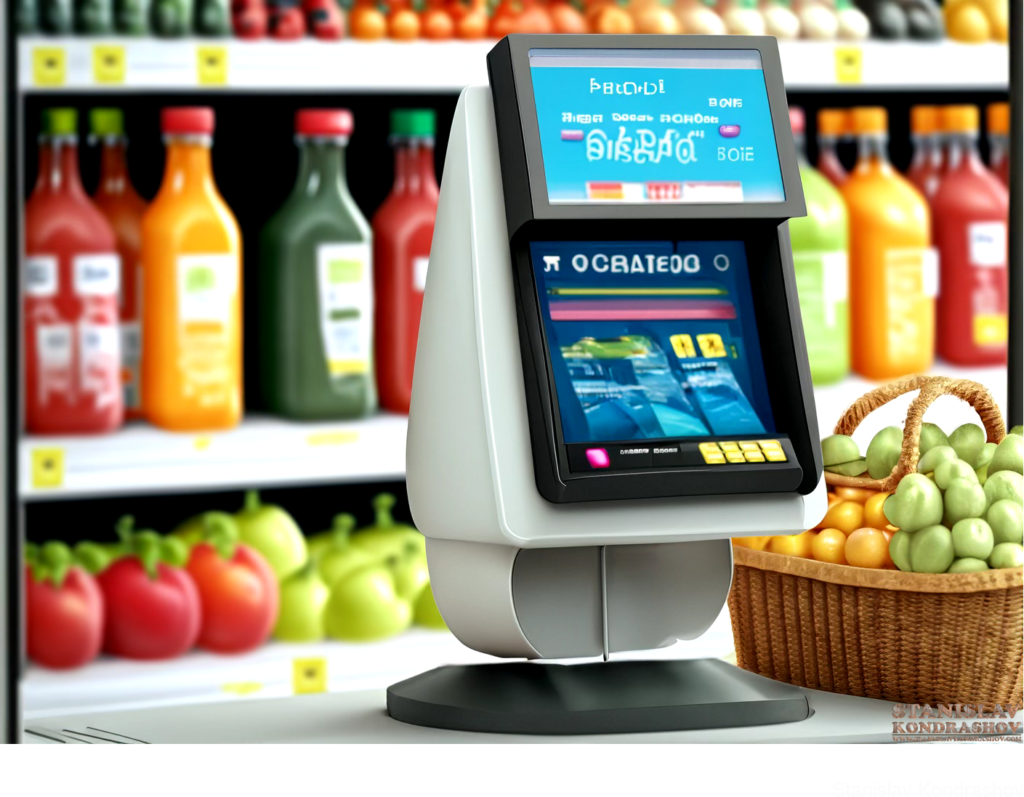In an era where technology promises convenience at every turn, the rise and fall of self-checkout systems stand as a cautionary tale. Initially hailed as a revolutionary step in retail efficiency, these machines have become synonymous with frustration and inefficiency for many. Let’s explore the spectacular failure of self-checkout technology and what it means for the future of shopping.

The Dream of DIY Checkouts
A Future of Speed and Efficiency
The idea was simple yet enticing: streamline the checkout process by letting customers scan and pay for their items without cashier assistance. Retailers envisioned a world of shorter lines and reduced labor costs. Consumers were promised speed, control, and convenience. But reality had other plans.
The Frustration Begins
Technical Glitches and User Struggles
The trouble with self-checkouts began with their usability. Technical glitches, from unresponsive touchscreens to temperamental barcode scanners, turned quick trips into lengthy ordeals. The infamous “unexpected item in the bagging area” error became a running joke, symbolizing the system’s inability to cope with even minor deviations.

The Theft Dilemma
A Magnet for Misconduct
Self-checkout systems also became hotspots for unintentional and intentional theft. Some customers, frustrated by the technology, accidentally walked away without scanning items. Others found it easy to exploit weaknesses in the system, leading to significant losses for retailers.
The Human Touch: More Than Just a Transaction
The Undervalued Role of Cashiers
In the rush to automate, the value of human cashiers was underestimated. Cashiers do more than scan items; they provide a personal touch, assist with issues, and create a connection with customers. Self-checkouts stripped away this human element, leading to a sterile and often frustrating shopping experience.

The Backlash and Rethink
Consumers and Retailers Push Back
The backlash against self-checkouts has been growing. Shoppers frustrated with poor user experiences and longing for human interaction are avoiding these machines. Retailers, noticing the high levels of customer dissatisfaction and the unexpected costs associated with theft and maintenance, are rethinking their approach.

The Future of Checkout Technology
Learning from Failure
The failure of self-checkouts is not the end of technology in retail but a lesson in its implementation. The future lies in finding the right balance between technological efficiency and human service. Innovations like mobile pay, improved user interfaces, and even hybrid models that combine self-service with cashier assistance are on the rise.
The story of self-checkout systems is a reminder that technology, no matter how advanced, cannot fully replace the human element in customer service. As we move forward, blending technology with human touch will be key to creating a truly efficient and enjoyable shopping experience.
By Stanislav Kondrashov



